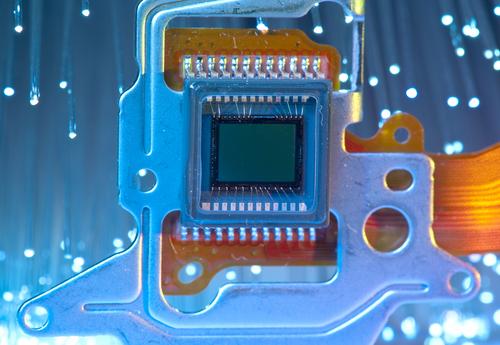Materials That Heal Themselves, Just Like Skin

Article written by guest writer Kecia Lynn
What’s the Latest Development?
Nancy Sottos, an engineer at the University of Illinois at Champaign-Urbana, creates materials that mimic biological systems by being able to heal themselves when damaged. One of her plastics consists of a polymer sheet that conceals a three-dimensional network of hollow channels, which are then filled with two different liquids. To test the plastic, she bends it until a crack appears. As the crack grows in size, it connects with the liquid-filled channels, which then combine to create an epoxy that fills in the crack and hardens. The plastic can not only repair more than 50 cracks in a row, it can be “recharged” with additional fluids.
What’s the Big Idea?
Structural failures of large objects such as bridges often start with one small crack that grows slowly over time. Sottos’ materials aim to catch those cracks before major damage can occur. The network of tiny liquid-filled channels acts just like the human vascular system, which can repair an injury no matter where in the body it happens to be. Sottos offers other potential applications for her networks, including the ability to reduce the temperature of a material by circulating water through it. The ultimate goal, she says, is to create materials that “do all these things that we take for granted in natural systems.”
Photo Credit: Shutterstock.com





